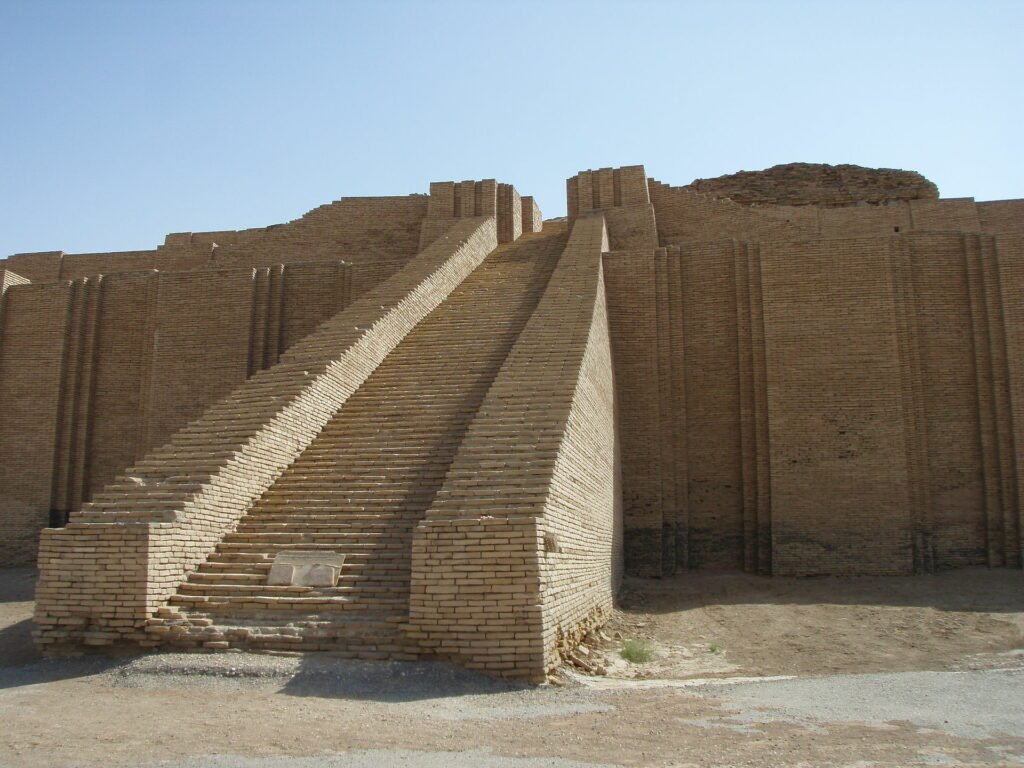The Ziggurat of Ur: An Ancient Wonder of Mesopotamia
By Justin Brown
In the desert of modern-day Iraq, a towering structure of baked bricks rises from the earth like a monument to the gods. The Ziggurat of Ur, one of the oldest and most impressive structures of the ancient world, remains a lasting testament to the ingenuity and impressive abilities of the Sumerian civilization.
For centuries, this massive pyramid has stood as a symbol of faith, a place of worship and pilgrimage for generations of believers, and an unexplained oddity, with a mysterious history.
For millennia, its identity was lost, and the ancient site was left dilapidated and ruined by the forces of nature and erosion. Until its modern ‘rediscovery,’ desert travelers would simply marvel from afar, likely wondering to themselves what ancient, lost civilization could have constructed such a marvel.
How was this great ziggurat constructed, and what secrets does it hold? The Ziggurat of Ur, along with its history, purpose, and enduring legacy, holds a special place in the world of ancient architecture. Answering these questions requires delving deep into the history of Mesopotamia.
The ziggurat is a unique architectural structure that originated in ancient Mesopotamia. It was prevalent throughout the region for centuries. Similar to the more iconic Ancient Egyptian pyramids, the ziggurat is a four-sided structure that rises to a peak, but instead of being a flat, constant rise, the sides are leveled with steps.
These towering stepped pyramids were built in this fashion to accommodate common building practices, as well as to serve as religious centers. Ziggurats were believed to connect the ancient Mesopotamian earthly realm with the gods above.
Ziggurats were an essential part of Mesopotamian religious and cultural life. They served as a symbol of the power and skill of the ancient civilizations that produced them. They can still be found across modern-day Iraq and Iran – remnants of the ancient Sumerians, Babylonians, and other civilizations.
One of the most well-known examples, the great Ziggurat of Ur, was constructed around 2100 BC in the Sumerian city – now located in southern Iraq. The awe-inspiring site survives in part to this day and is a direct link to an ancient history dating back over four millennia.










